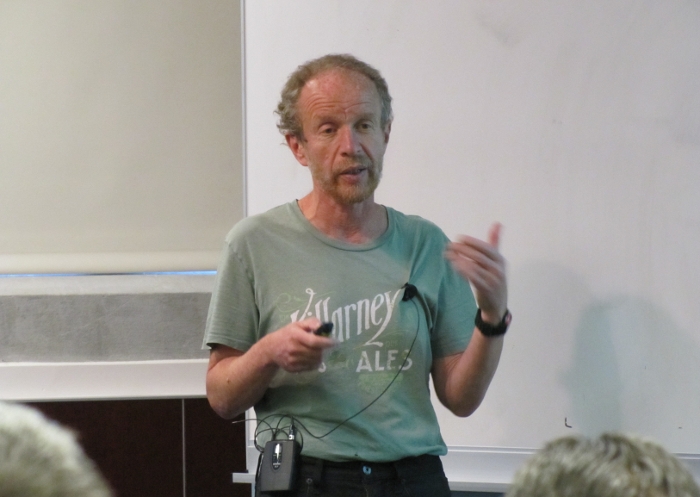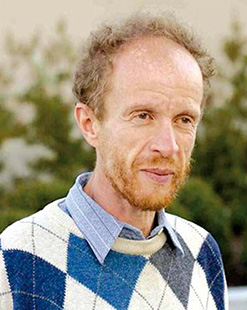NIMBioS Seminar Series
In conjunction with the interdisciplinary activities of the National Institute for Mathematical and Biological Synthesis (NIMBioS), a seminar series on topics in mathematical biology will be hosted at NIMBioS every other Tuesday at 3:30 p.m. (unless otherwise noted) in the Hallam Auditorium, Room 206, Claxton Building, 1122 Volunteer Blvd. Seminar speakers will focus on their research initiatives at the interface of mathematics and many areas of the life sciences. Light refreshments will be served in Room 206 beginning 30 minutes before each talk. Faculty and students from across the UT community are welcome to join us.
Time/Date: Tuesday, March 25, 2014, 3:30 p.m.*
Location:
Room 206, Claxton Building, 1122 Volunteer Blvd.
Speaker:
Dr. Eugene V. Koonin, National Center for Biotechnology Information, National Library of Medicine, National Institutes of Health, and a NIMBioS Postdoctoral Fellows Invited Distinguished Visitor
Topic:
Generalization of the Central Models of Molecular Evolution in the (Post) Genomic Era
Abstract: The advances of comparative genomics and phylogenomics call for replacement of the key models of molecular evolution by a new generation of more general models. The traditional view of a genome of an individual organism or species has been supplanted by the pangenome concept. It has become apparent that the rates of gene loss and gain far exceed the rates of nucleotide substitution, at least in prokaryotes. Therefore, the pangenome, i.e. the entirety of the genes available to a given species, is typically is much larger than any individual genome, extremely dynamic and variable between different groups of microbes. I will present an overview of the genome dynamics and pangenome size estimates across the microbial world. The dynamic genome evolution and the do minance of horizontal gene transfer (HGT) in the evolution of prokaryotes also undermines the classical Tree of Life (TOL) concept. The notion of a single TOL is giving way to the model of a phylogenetic network that, however, can be shown to encompass a tree-like central trend. Further, genome-wide comparison of phylogenetic trees bears on the Molecular Clock model. It has been long known that the Molecular Clock is substantially overdispersed. I will show that the new model of Universal Pacemaker of genome evolution that only requires the conservation of relative rates of gene evolution, in contrast to the conservation of absolute rates inherent in Molecular Clock, yields a better fit to the phylogenomic data for diverse organisms. The new, general models of evolution do not refute the classic models but include them as extreme cases, in a pattern that appears common in the history of science.
*Join us for refreshments at 3 p.m. in Room 206.
Seminar Flyer (pdf)
For more information about this and other NIMBioS Seminars, visit /seminars.

NIMBioS
1122 Volunteer Blvd., Suite 106
University of Tennessee
Knoxville,
TN 37996-3410
PH: (865) 974-9334
FAX: (865) 974-9461
Contact NIMBioS



